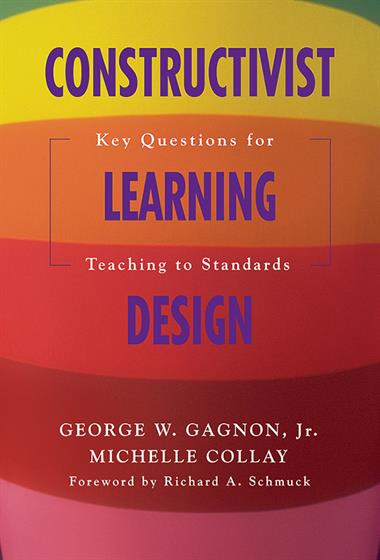Hands-on, Practical Guidance for Educators
From math,
literacy, science, equity, multilingual learners, and SEL, to assessment, school counseling,
and education leadership, our books are research-based and authored by experts
on topics most relevant to what educators are facing today.

Constructivist Learning Design
Foreword by Richard A. Schmuck
Build student-centered learning into your standards-based lesson plans!
With clear classroom applications and ready-to-use planning templates, this research-based resource guides teachers through the complex process of aligning constructivist learning events with standards-based curriculum. Constructivist Learning Design provides a six-step framework for lesson planning and assessment:
- Situation: develop goals, tasks, and curriculum standards
- Grouping: group students and materials, and use cooperative learning
- Bridge: recall prior knowledge using students' cognitive maps, skills, values, motivation, and expectations
- Task: use higher-level thinking skills and problem-based learning
- Exhibit: arrange student portfolios and work samples
- Reflection: synthesize critical thinking and knowledge
- Grade Level: PreK-12
- ISBN: 9781412909563
- Published By: Corwin
- Year: 2005
- Page Count: 256
- Publication date: January 06, 2006


